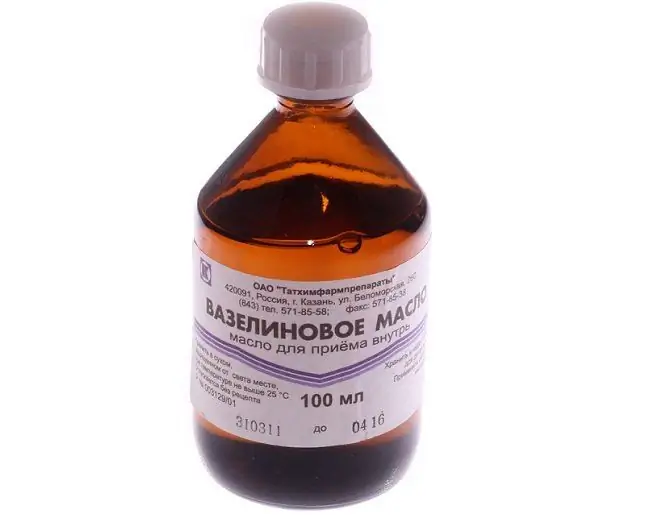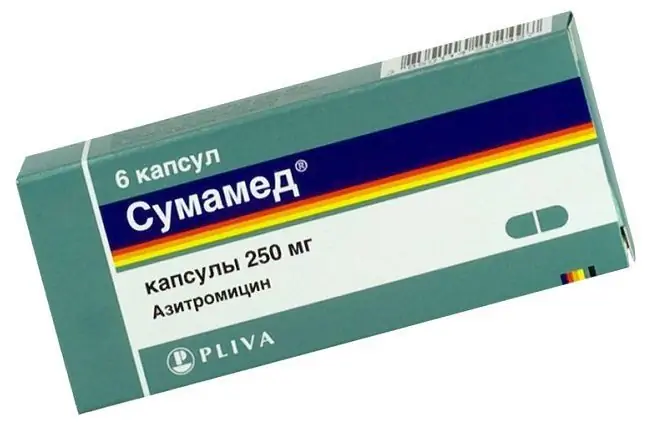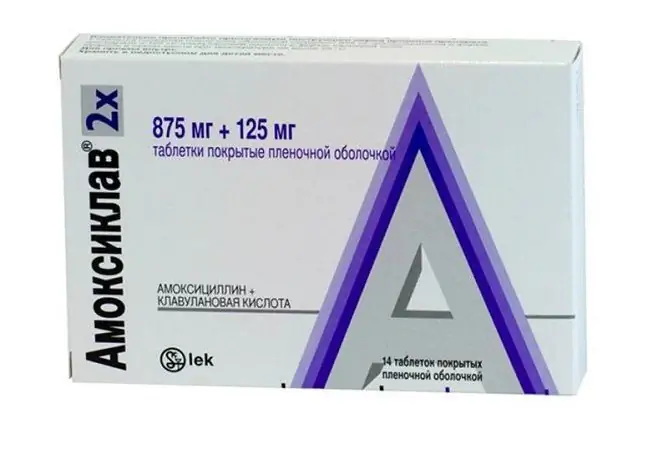- Author Rachel Wainwright [email protected].
- Public 2023-12-15 07:39.
- Last modified 2025-11-02 20:14.
Urethane
Instructions for use:
- 1. Application in medicine
- 2. Side effects
- 3. Contraindications
- 4. Application in veterinary medicine
- 5. Storage conditions
Urethane is an ethyl ester of carbamic acid.

Urethane is available in powder form - colorless crystals, cooling, slightly salty in taste. Odorless, easily soluble in alcohol and water, forming a colorless solution.
Urethane application in medicine
Urethane has a calming and hypnotic effect on humans. As a rule, sleep occurs after twenty minutes and lasts from four to eight hours.
According to reviews, Urethane is easily tolerated by patients, but it is rarely used as a hypnotic due to its inconsistent effect and low activity compared to other hypnotics.
In pediatric practice, Urethane is used as an anticonvulsant and sedative for whooping cough.
As a rule, for adults, the dosage is 1-2 g per dose, but not more than 4 g per day. Children are prescribed the drug in a dosage of 0.5-1 g per dose, but not more than 1.5 g per day.
The drug is also used to treat chronic myeloid leukemia.
For this purpose, 1 g of the drug is prescribed orally two to four times a day for one month. The course of treatment takes an average of 60 to 120 g of the drug. One week after the start of taking the drug, the number of leukocytes and their immature forms decreases, and after two weeks the liver and spleen decrease in size. Remission usually lasts up to six months.
Side effects of Urethane
According to reviews, Urethane, when taken orally, can cause dyspeptic symptoms. To avoid them, they recommend:
- take the drug in capsules and drink them with alkaline water;
- inject a 40% glucose solution into the vein;
- increase daily dosages of ascorbic acid.
If the drug is poorly tolerated, intramuscular injections are allowed: 25% solution of 4 ml or 50% solution of 2 ml three times a day. In some cases, intramuscular administration is even preferable.
Contraindications

Urethane is contraindicated in acute and chronic leukemias, occurring with generalized enlargement of lymph nodes and significant splenomegaly, as well as in subleukemic or aleukemic forms. It is forbidden to use the drug with severe atherosclerosis.
Urethane application in veterinary medicine
In small doses, Urethane has a sedative and hypnotic effect. In high doses in dogs and rabbits, it induces anesthesia with slight deviations from the cardiovascular system and respiration, without the stage of motor excitement.
Does not work on horses and cattle even in high dosages.
Urethane is mainly used as a narcotic and hypnotic agent for laboratory animals (rabbits, mice, rats).
For anesthesia, goats, sheep and dogs are used in combination with magnesium sulfate at a dosage of 0.25 g of powder per kg of animal weight. In this case, the calculated dosage of the drug is added to a solution of magnesium sulfate 10%, wait for complete dissolution and injected intravenously.
The following dosages are administered intramuscularly:
- For cats - 0.5-0.75 g;
- Dogs - 0.3-0.5 g;
- Chickens - 1-2 g.
Intravenous dosages of Urethane are:
- For dogs - 0.3 g;
- For goats and sheep - 0.25 g each.
Storage conditions
Store the powder in a dry, dark place in carefully sealed glass jars.
Information about the drug is generalized, provided for informational purposes only and does not replace the official instructions. Self-medication is hazardous to health!






